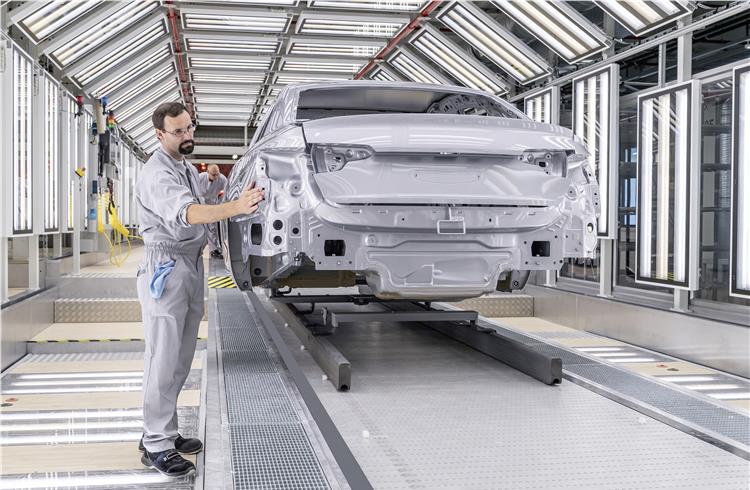
How to Sand a Car for Paint: Tips and Techniques
Share
Sanding a car before painting is a vital step in achieving a smooth, professional finish. **Sanding not only removes imperfections but also prepares the surface for **paint adheration**. This article will delve into **how to sand a car for paint**, equipping you with the essential knowledge and techniques required to get the job done correctly.
Whether you are a DIY fanatic or a seasoned professional, the process of **sanding your car** can be both exciting and challenging. Understanding the proper techniques can make all the difference in the final appearance of your vehicle. So lets get started!

Understanding the Need for Sanding
Sanding is important for various reasons, and heres a quick breakdown of why you should consider it:
- Surface Preparation: **Sanding your car** effectively prepares the surface by removing old paint, rust, and debris.
- Enhancing Paint Adhesion: A properly sanded surface allows for better **paint adhesion**, resulting in a longer-lasting finish.
- Removing Imperfections: It helps in eliminating minor dents and scratches, contributing to a smoother surface.
- Creating a Textured Surface: It creates a texture that helps new paint bonds more efficiently.
Tools and Materials Needed
Before diving into the process, having the right tools can significantly impact your success. Heres a list of what youll need:
- Sandpaper: Various grits, typically ranging from 80 to 600 grit.
- Sanding Block: For even pressure and surface contact.
- Spray Bottle: Filled with water for wet sanding.
- Masking Tape: To cover areas not intended for sanding.
- Protective Gear: Dust mask, gloves, and safety goggles.
Steps to Sand Your Car for Painting
Step 1: Preparing the Workspace
Find a clean, well-lit area to work. Ensure you have proper ventilation if working indoors. This is important because sanded dust can spread and create unwanted irritation.
Step 2: Cleaning the Car Surface
Before sanding, wash your car thoroughly to remove any dirt and grime. This step is crucial to avoid scratching the surface while sanding.
Step 3: Selecting the Right Sandpaper
Choose your sandpaper based on the condition of your car's paint. For removing old paint, start with coarser grit (80-120 grit). For smoothing, switch to finer grit (400-600 grit).
Step 4: Wet Sanding Technique
Wet sanding is a popular technique that helps in reducing dust and provides a smoother finish. Spray water on the area and sand gently in small sections.
Step 5: Sanding Patterns
Adopt a uniform **sanding pattern** to ensure all areas receive even treatment. Move in straight lines, alternate directions, and avoid circular motions.
Step 6: Cleaning Up
Once you have finished sanding, wipe the entire area with a clean, damp cloth to remove any dust and particles. This step is essential before applying any **primer or paint**.
Common Mistakes to Avoid When Sanding
- Using Incorrect Grit: Always ensure you are using the right sandpaper grit for the specific task.
- Sanding Too Aggressively: This can damage the car's surface. Take your time and use moderate pressure.
- Ignoring Safety Gear: Always wear protective gear to avoid health issues from inhaling dust particles.
After Sanding: Next Steps
After you have sanded your car correctly, it's time to apply the primer followed by the paint. For a complete guide on painting your car, be sure to check out How to Apply Paint.

FAQs About Sanding a Car for Paint
1. How long does sanding take?
The time taken to sand a car depends on the size and condition of the vehicle, but expect to spend 1-3 hours on average.
2. Can I use a power sander?
Yes, a power sander can be used, but it requires a delicate touch to avoid removing too much material.
3. Is it necessary to sand before painting?
Yes, sanding is crucial for paint adhesion and can significantly affect the finish quality.
To further enhance your car repair skills, you might want to read about removing oxidation or painting costs.
